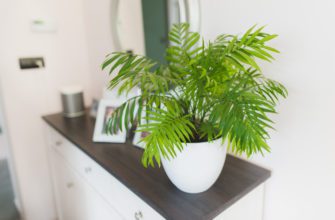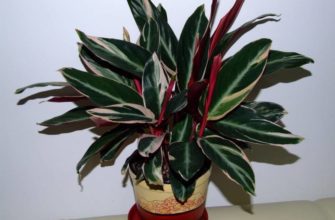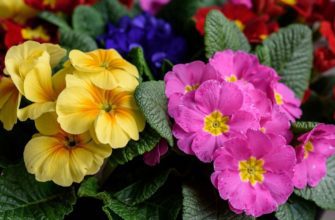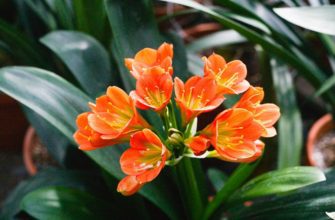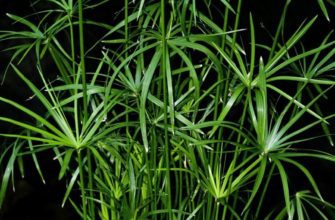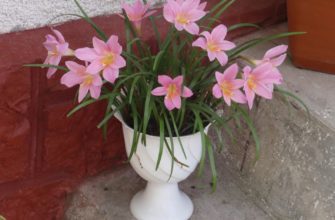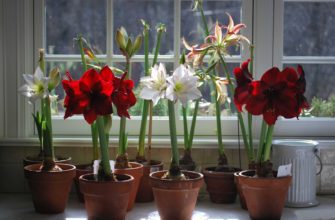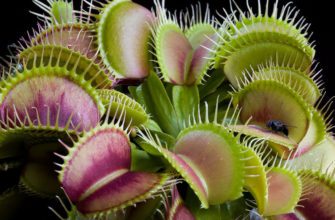Sansevieria moonshine, often called "mother-in-law's tongue" or "pike tail", has won the hearts of many connoisseurs of indoor plants due to its unpretentiousness and unique appearance. This exotic flower not only serves as a wonderful decoration for the home, but also stands out among others due to its healing and air-purifying properties. In this article, we will get acquainted with the variety of Sansevieria moonshine, learn about the diversity of its species, explore its role in the interior and give useful tips on care.
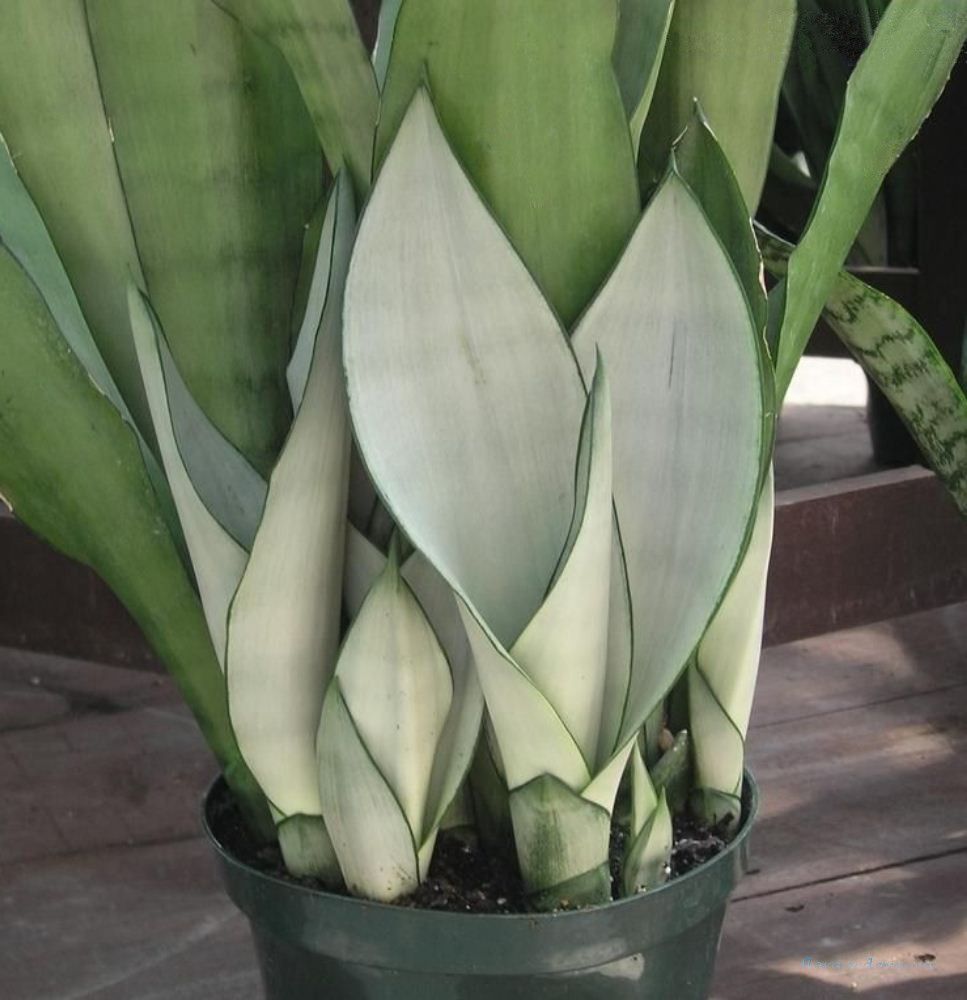
Brief description of Sansevieria
Sansevieria is a tropical perennial plant of the Asphodelaceae family. Sansevieria is distinguished by its erect, dense and fleshy leaves, which often have a variety of patterns in the form of stripes or spots.
The colors of the leaves can vary from light green to dark green, sometimes with yellowish or reddish hues. In natural conditions, sansevieria can bloom, producing a tall peduncle with small fragrant flowers.
This plant is valued not only for its decorative appearance, but also for its ability to purify the air from harmful substances, which makes it especially relevant for city apartments.
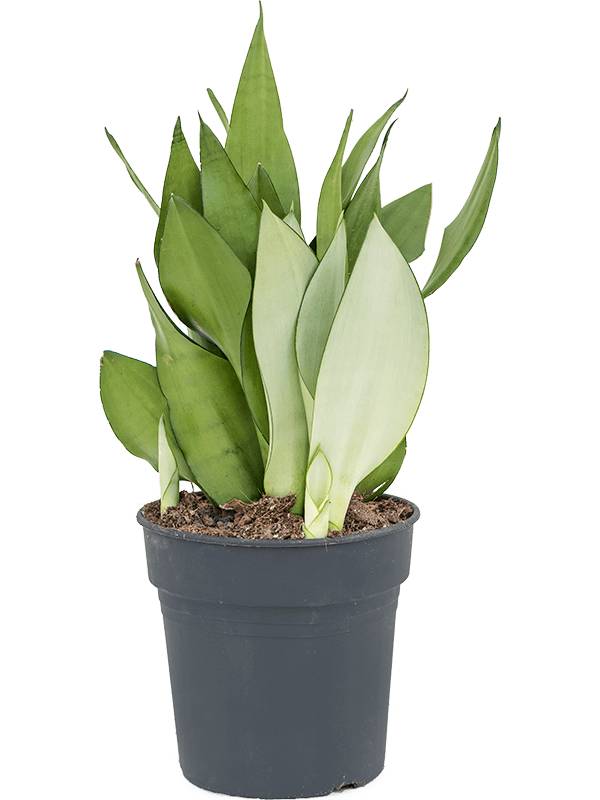
Sansevieria moonshine - description of the plant
Sansevieria moonshine is one of the popular varieties of the Sansevieria family, which is distinguished by its unique appearance. The leaves of this plant have a bright silver shade with a delicate shine, which in sunlight creates the effect of a "moon glow", hence the name "Moonshine".
The leaves grow vertically upward, forming dense rosettes. They are quite thick and fleshy, indicating good resistance of the plant to lack of moisture.
Moonshine stands out among other Sansevierias due to its light shade, which can become a bright accent in the interior or garden. In addition, just like other Sansevierias, Moonshine helps purify the air by absorbing harmful substances and releasing oxygen.
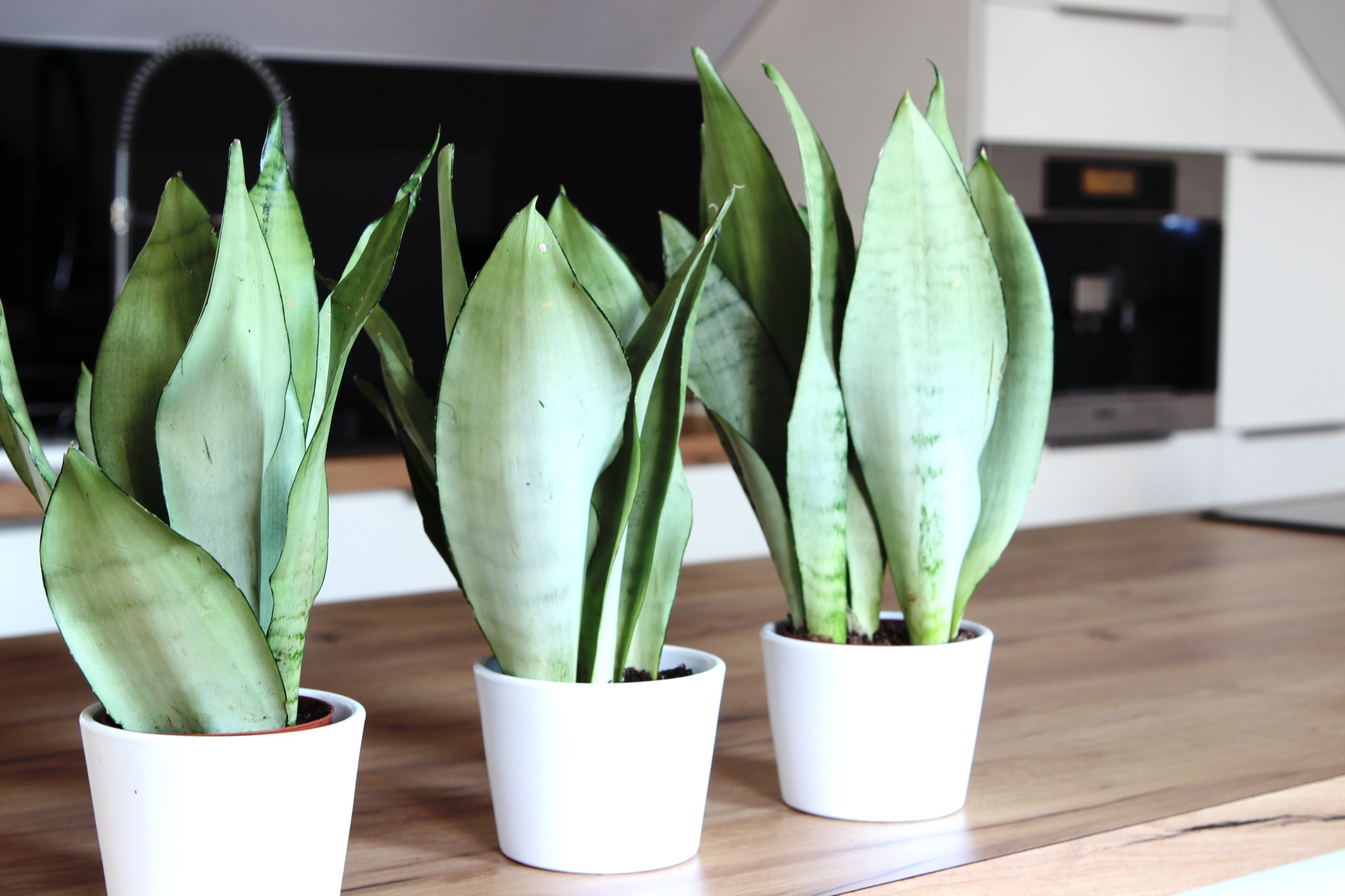
Plant care
Caring for Sansevieria Moonshine does not require any special skills or knowledge, making it an excellent choice for beginner gardeners. Here are the basic recommendations for caring for this variety:
- Lighting: Although Sansevieria moonshine can tolerate a variety of light levels, it prefers bright, indirect light. Avoid direct sunlight, which can cause leaf burn.
- Watering: This is a succulent plant and does not like excess moisture. Water sparingly when the top layer of soil becomes dry. Make sure the pot has good drainage holes to avoid waterlogging.
- Temperature and humidity: Sansevieria moonshine prefers moderate temperature conditions, avoid sudden temperature changes. Relative humidity is not critical for this plant, but avoid too dry air.
- Top dressing: During the spring and summer months, you can fertilize the plant once a month with a regular houseplant fertilizer.
- Transfer: Repot the plant if the roots fill the entire space of the pot. When repotting, choose a soil that drains well, such as a cactus mix.
- Diseases and pests: Moonshine is fairly pest resistant, but you should check the leaves regularly for aphids, spider mites, or scale insects.
By following these simple guidelines, Sansevieria Moonshine will delight you with its fresh and vibrant appearance for many years.
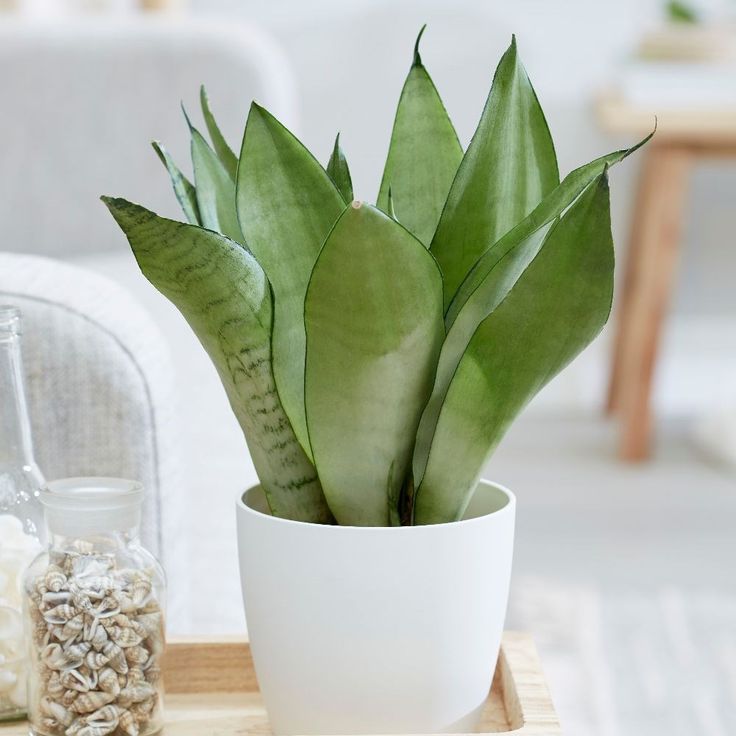
Variety of Sansevieria Species
Sansevieria is an amazing and diverse plant, the representatives of which can vary in the shape, size and color of the leaves. Here is a brief overview of the diversity of the main types of Sansevieria:
- Three-lane: The most common type of Sansevieria, it has long, elastic, upright leaves with green stripes.
- Zeylanika: Similar to three-striped, but its leaves are straighter and have less pronounced striping.
- Sansevieria Craig: A variant of Sansevieria with dark green stripes and cream edges.
- Grandis: This species has broad, fleshy leaves with wavy edges.
- Duneri: A compact species with short, wide leaves that form a rosette.
- Eilenzi: It has long, blue-green leaves that can reach several meters in height.
- Cylindrical: It is distinguished by its cylindrical vertical leaves, which can be braided into pigtails.
- Hyacinth: It has wide, fleshy leaves, collected in dense rosettes.
- Graceful: A miniature variety with many narrow, curved leaves.
- Bali: A variant with beautifully patterned leaves and pronounced yellow edges.
- Franzisi: It has unusual, erect leaves with serrated edges.
- Ehrenberg: Long, flat leaves that taper towards the tip to form a fan-shaped structure.
- Stacks: It has very long and thick cylindrical leaves that can reach several meters in height.
This is just a small overview of popular types of Sansevieria. In the wild and in the collections of specialists, you can find many other interesting and exotic varieties of this plant.
Each species of Sansevieria has its own unique beauty and characteristics, making this genus of plants especially attractive to indoor plant lovers.
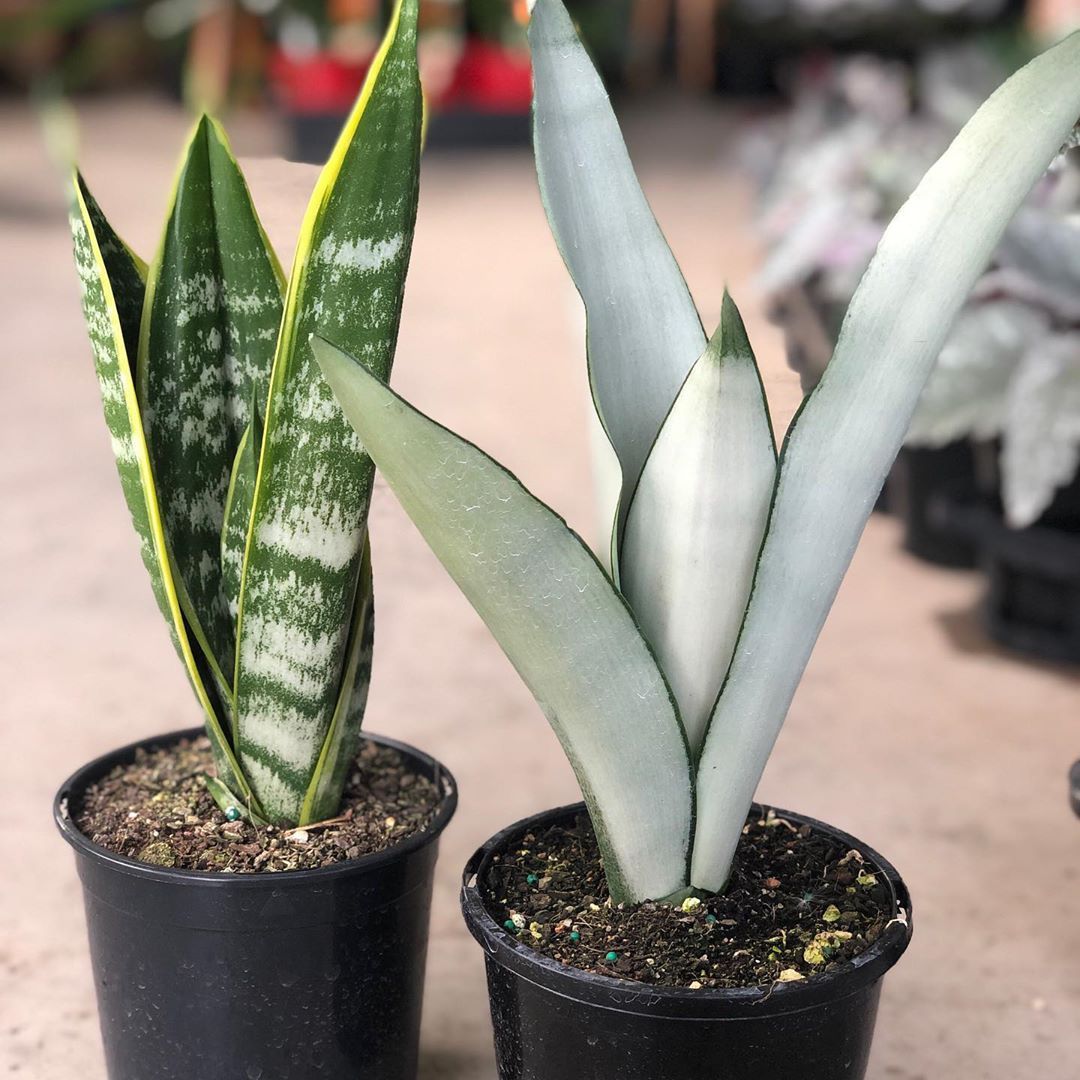
Sansevieria blooming
Sansevieria blooming is a rather rare and amazing phenomenon, which becomes a real gift for a gardener. Depending on the care conditions and age of the plant, it can please its owner with bright and fragrant blooming.
- Description of flowers: The flowers are usually white or cream-colored, small, tubular, and collected in elongated racemes. They emit a sweetish aroma, especially strong in the evening.
- Flowering time: Most Sansevieria species bloom in spring or summer, but under certain conditions they can bloom at other times of the year.
- Conditions for flowering: In order to stimulate the plant to bloom, it is necessary to provide it with optimal conditions: proper watering, suitable lighting and periodic feeding. The plant must also reach a certain age and maturity.
- Flowering frequency: Not all plants bloom every year. For some species, this phenomenon can be extremely rare, and even under ideal care conditions, the plant can bloom once every few years.
- After flowering: After flowering has finished, it is worth cutting off the faded inflorescences so that the plant does not waste energy on the formation of seeds and directs it to growth and development.
In conclusion, the blooming of Sansevieria is a special event that is worth waiting for and enjoying its beauty and aroma. If you have not yet had the opportunity to see a blooming Sansevieria, pay attention to the care of the plant, and perhaps it will delight you with its exquisite flowers.
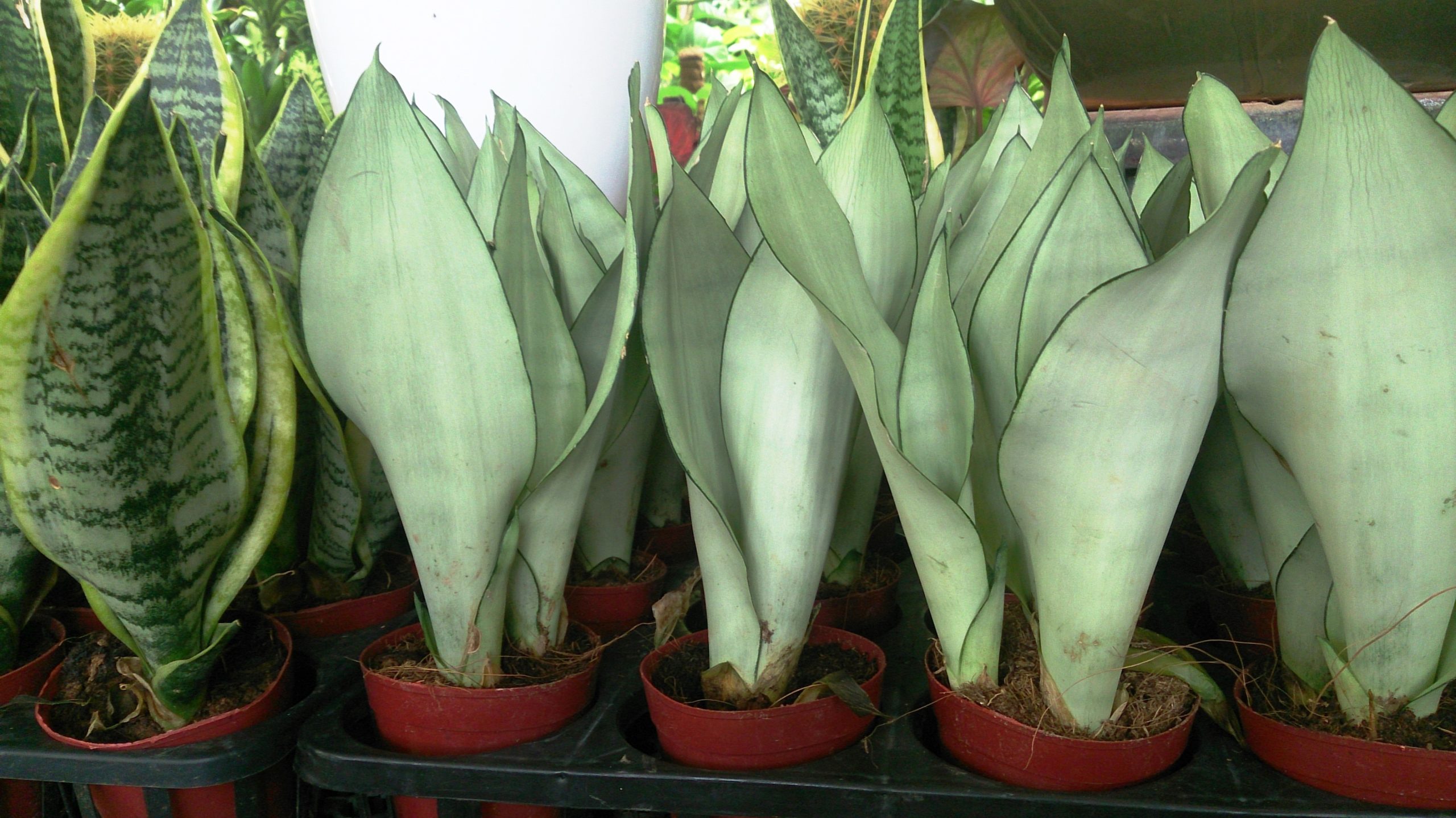
Possible diseases
Sansevieria, despite its resistance and unpretentiousness, can also suffer from various diseases. Awareness of possible problems will help to determine the cause in time and take measures to care for the plant.
- Root rot: Is a consequence of overwatering or standing water in the tray. The roots become black and soft to the touch. Solution: reduce watering, improve drainage, if necessary, transplant the plant into fresh soil.
- Fungal infection: Spots of different shades may appear on the leaves. Solution: reduce humidity around the plant, treat with fungicides.
- Viral infections: They appear as yellow or white spots, and leaf curvature. Unfortunately, viral diseases are not treatable, and infected plants are best destroyed.
- Aphids and scale insects: Small insects that feed on plant sap. Solution: treat the plant with insecticides or folk remedies (for example, soap solution).
- Scale insect: Small brown or black insects that attach to leaves and stems. Solution: remove pests mechanically and treat the plant with a specialized preparation.
- Thrips: Small black or brown insects that can cause yellowing and distortion of leaves. Solution: Treat the plant with insecticides.
- Root rot: They appear as rotting and blackening of the plant base. Solution: transplant into fresh soil, after treating the roots with a weak solution of potassium permanganate.
It is important to regularly inspect your Sansevieria for signs of disease or pests in order to take the necessary measures in a timely manner. Also, following the rules of care and creating optimal conditions for the plant will help to minimize the risk of various problems.
Conclusion
Sansevieria moonshine is not just a beautiful houseplant, but also a real miracle of nature, combining decorative, medicinal and practical properties.
Thanks to its resistance to various conditions and ease of care, sansevieria will be an ideal choice for both experienced gardeners and beginners.
We hope that our article has helped you get to know this amazing flower better and inspired you to create a green corner in your home.

